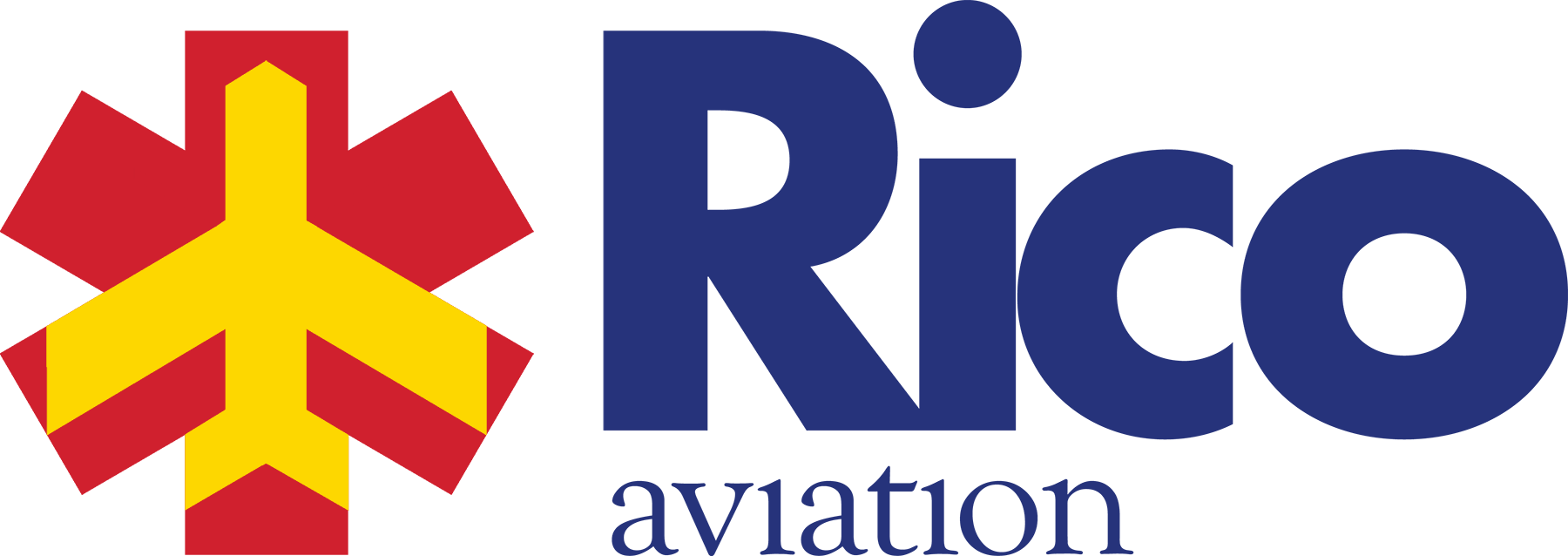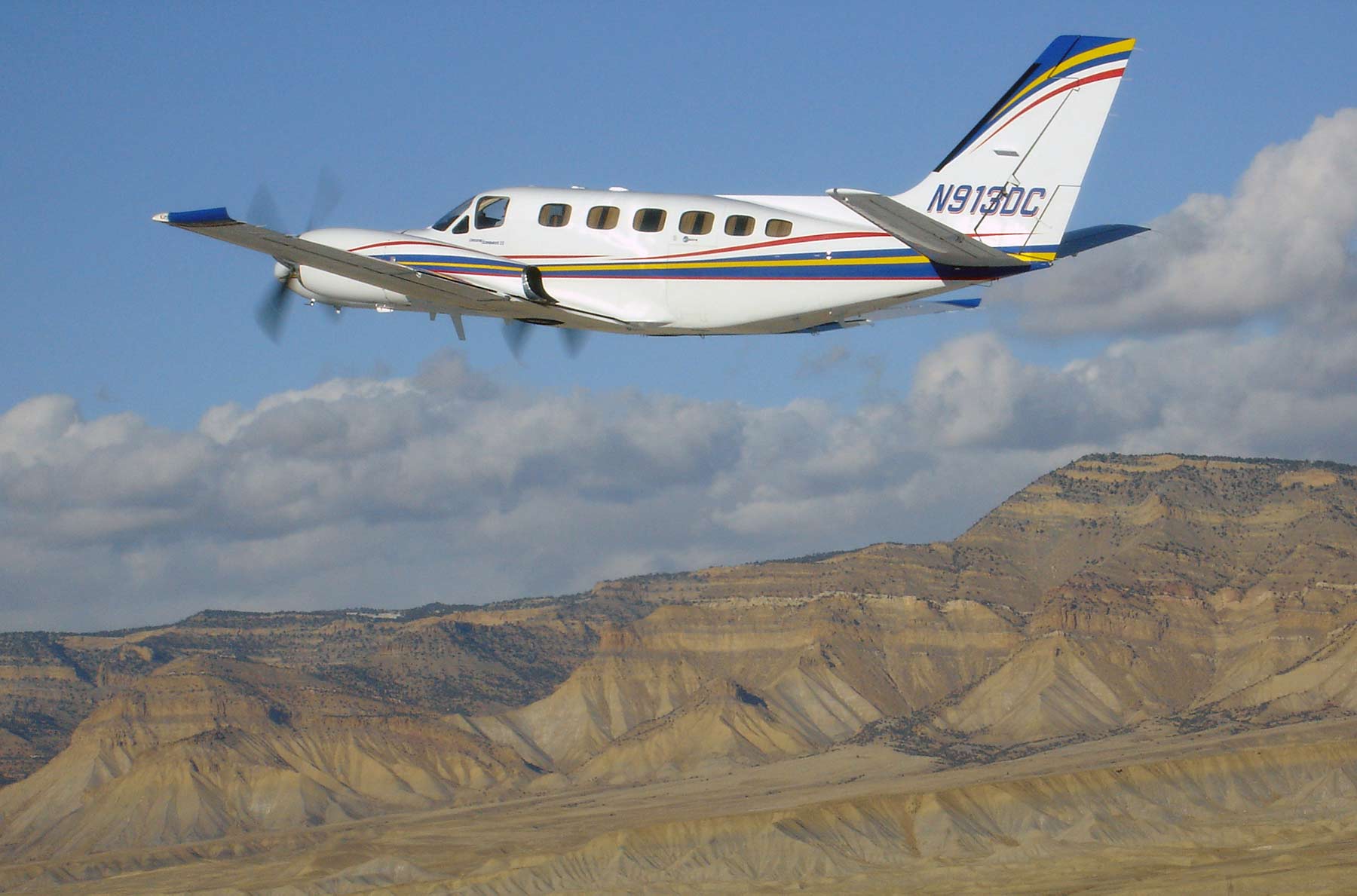From Ground to Air to Continued Care
One of the biggest problems we find in our business is a lack of education. Most everyone has seen and understands the uses for short distance medical transport helicopters launched to and from hospitals. However, when it comes to fixed wing medical transport, the context for use and the general transport process are things most people are not familiar with. In this blog, we’ll walk through what it looks like for us to prep and fly a patient from time of injury, to arrival at the appropriate medical facility.
Accessing the Injury
The most common cause for use of fixed wing air ambulance is when a patient is presented to an ER with injuries beyond the capability of that facility. Serious injury, escalating illness, and specialized operations are all instances that could necessitate long distance air ambulance transport.
But when do you choose between a hospital’s medical transport helicopter and a Rico Air Ambulance. Think of it within the context of immediacy of care and distance traveled. If a hiker takes a serious fall in Palo Duro Canyon, a medical helicopter will be able to respond quickly, land in the rough terrain and transport the patient for a nearby hospital where the patient can be stabilized and cared for. Once the patient is stable, the facility realizes that the extent of the patient’s injuries require the work of a specialist to perform a very specific operation. Unfortunately, the nearest specialist is based in Dallas.
Patient Transfer is Deemed Medically Necessary
At this point, the medical team has made the decision to transfer the patient in order to access the more specialized treatment. Using Rico Rapid Response, our one-touch dispatch application, the transferring Nurse, Doctor, or Paramedic is put in contact with a Rico team member. From the app, The flight crew’s progress can be tracked and pictures of the responding crew are shown to help with recognition upon pick-up.
After preparing the airplane and contacting the transferring facility to receive a patient report, the Rico team is dispatched to the patient’s location to facilitate patient care and accompany the patient to the airport. This is where our Rico continued care philosophy takes hold.
Care in the Air
When we are trusted with a patient, we understand the importance of the task at hand. Our goal on every flight is for the patient to arrive at the receiving facility in better condition than when we received them. Our Air Ambulances are equipped with the latest life support and medical equipment and our flight nurses and paramedics have the highest level of certification available for their fields. Our aircraft also have room for a family member to accompany the patient to help ensure emotional comfort as well as physical comfort.
Upon landing, our team accompanies the patient to the receiving facility and provides a full report to the receiving team before gathering equipment and preparing to head home. Finally, our flight crew contacts the transferring facility to give a follow-up on the patient’s response to treatment and current status.
In sharing our process, we hope to have provided some context to the service we offer and that you know more now than you did before you began. The medical transport business is a vital step in ensuring care in any situation and we’re thankful every day to be able to offer that service. Thanks for reading!

